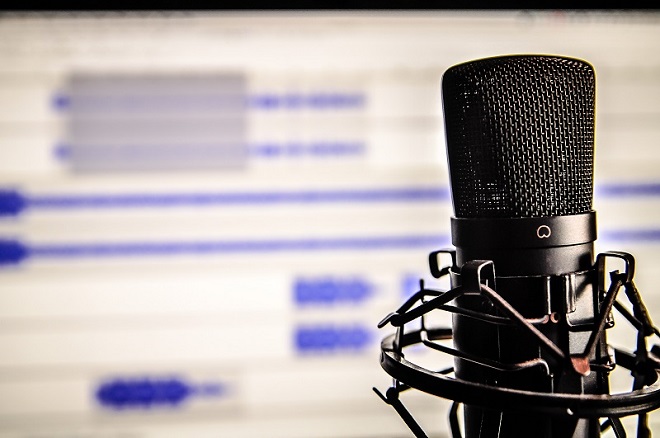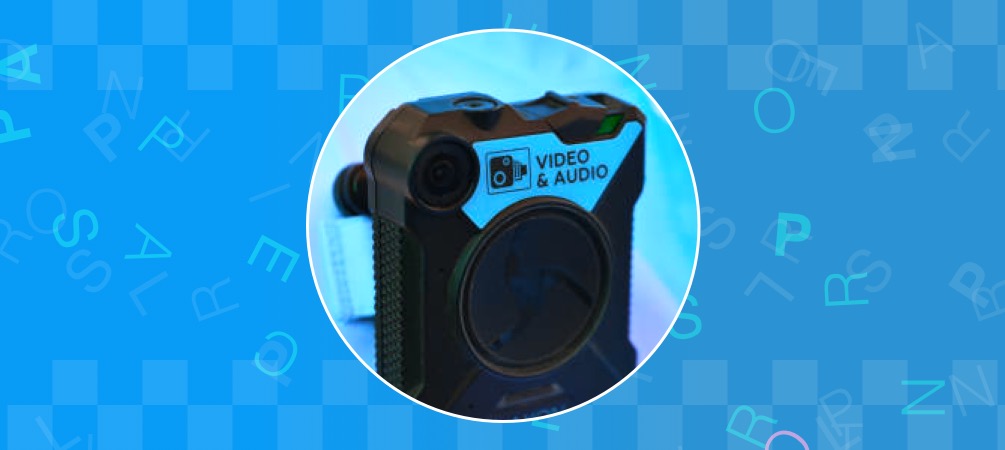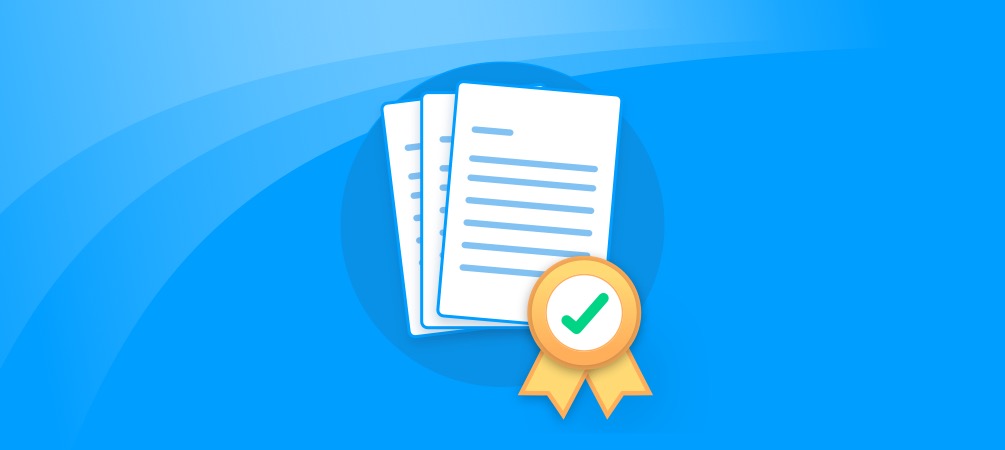How to record quality sound for quality transcripts
There is nothing more frustrating than receiving a transcript that is full of gaps because of an unclear audio file, but choosing a reputable transcription firm can go a long way in helping to improve the quality of a transcript. Experienced transcribers will take special care to re-listen to inaudible segments and use all their research and technical skills to fill in the blanks. With this being said, there are some simple steps you can take to ensure you submit the best quality audio possible.
Do you need special equipment to record sound for transcription?
Although some websites will try to convince you it is necessary to buy specialist equipment to make voice recordings, you probably have everything you need to get started already at your fingertips.
Your trusty smartphone is a flexible tool for recording dictation on the go and, no matter which brand you favour, most already have a sound recorder installed as standard. If you need extra features there are plenty of free apps available which offer useful features such as call recording and the ability to send files directly via email.
If you have the luxury of staying put and a few minutes to install some free software, a computer or laptop can offer an even better range of functionality:
- Audacity is a free sound editing software that offers powerful processes such as equalisation and background noise reduction to improve audio quality.
- GarageBand is a great alternative if you use a Mac and even has settings which will help you optimize recordings for a male or female voice!
- RecordPad by NCH is a streamlined, user friendly recording software that has versions for iPhone and Android and has been specifically designed with professional dictation in mind.
For advice on how to install or use your recording software of choice speak to Apple Transcription and we’ll be happy to talk you through the process.
What are the most important things to remember when recording audio for transcription?
Of course, without specialist equipment a little extra care needs to be taken to ensure audio quality:
-
Always test your recording
The only thing more inconvenient than a transcript with missing sections is no transcript at all. By making a quick test recording you can not only check that everything is working as it should be but you can also test the placement of the recording device. A microphone too close to a person dictating will result in a muffled, distorted audio whereas too far from any participant in a discussion and they will be too quiet to hear.
-
Reduce background noise
Find somewhere quiet to record your audio. Where possible, a private meeting room is always preferable to a noisy café. If recording dictation in your car, make sure the radio is off, your sat nav is muted and your windows are closed.
-
Speak clearly
Although Apple Transcription’s transcribers have experience with a wide variety of accents it always helps to improve audio quality if you try to enunciate words and try to avoid mumbling.
-
Don’t overtalk
If you’re recording audio involving more than one person, try to take turns and not to talk simultaneously. As in any conversation, when two people speak at the same time it becomes almost impossible to tell what either is saying. A larger group discussion or focus group can often benefit from a chairperson to ensure everyone takes their turn and the discussion stays on track, making the whole process more cost-effective. Name announcing, by either the chairperson or each individual speaker, also assists the transcriber immensely in ascribing the right words to the right person.
-
Provide the transcriber with as much information as possible
Extra information to accompany the audio file (such as a list of the speakers’ names or a glossary of technical terms in a research project) may assist the transcriber with unclear audio by helping to provide context.
In summary:
Better audio always results in a better transcription so it’s always worth putting in a bit of extra effort at the recording stage. For personalised tips on how to improve the sound quality of your recordings contact Apple Transcription today.






